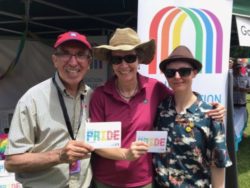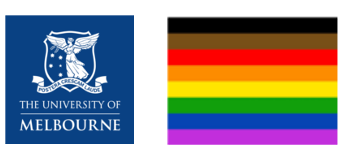Research suggests that LGBTIQ people are over-represented in homelessness services, although the actual prevalence in Australia is unknown. Data from the US suggest LGBTQ people account for 20-40% of homeless youth [1] and 29.5% in Canada [2]. LGBTIQ people who are homeless have a higher incidence of adverse outcomes, including victimisation and poor mental health [3], and often experience discrimination, harassment, and violence when accessing homelessness services [4].
Our mission is to conduct collaborative research and co-designed projects to address housing and homelessness in the LGBTIQ community.
We hope our work increases understanding of current needs, capacity, practices, pathways, and challenges in providing safe, appropriate, inclusive services for LGBTIQ people who experience homelessness, leading to improvements in public policy.
Ultimately, we hope our work benefits the community by increasing information and support for individuals who identify as LGBITQ, improving access to inclusive homelessness services, and facilitating safer housing options.
* * *
[1] Price, C., Wheeler, C., Shelton, J., & Maury, M. (Eds.). (2016). At the Intersections: A collaborative report on LGBTQ youth homelessness. True Colors Fund and the National LGBTQ Task Force.
[2] Gaetz, S., O’Grady, B., Kidd, S. & Schwan, K. (2016). Without a Home: The National Youth Homelessness Survey. Toronto: Canadian Observatory on Homelessness Press.
[3] Cochran, B. N., Stewart, A. J., Ginzler, J. A. & Cauce, A. M. (2002). ‘Challenges faced by homeless sexual minorities: Comparison of gay, lesbian, bisexual, and transgender homeless adolescents with their heterosexual counterparts’. Am. J Public Health, 92(5): 773-777.
[4] Bletsas, A. & Oakley, S. (2013). Understanding the circumstances and experiences of lesbian, gay, bisexual, transgender, intersex and gender questioning people who are homeless in Australia: A scoping study. Positioning Paper, National Homelessness Research Partnership Program.

